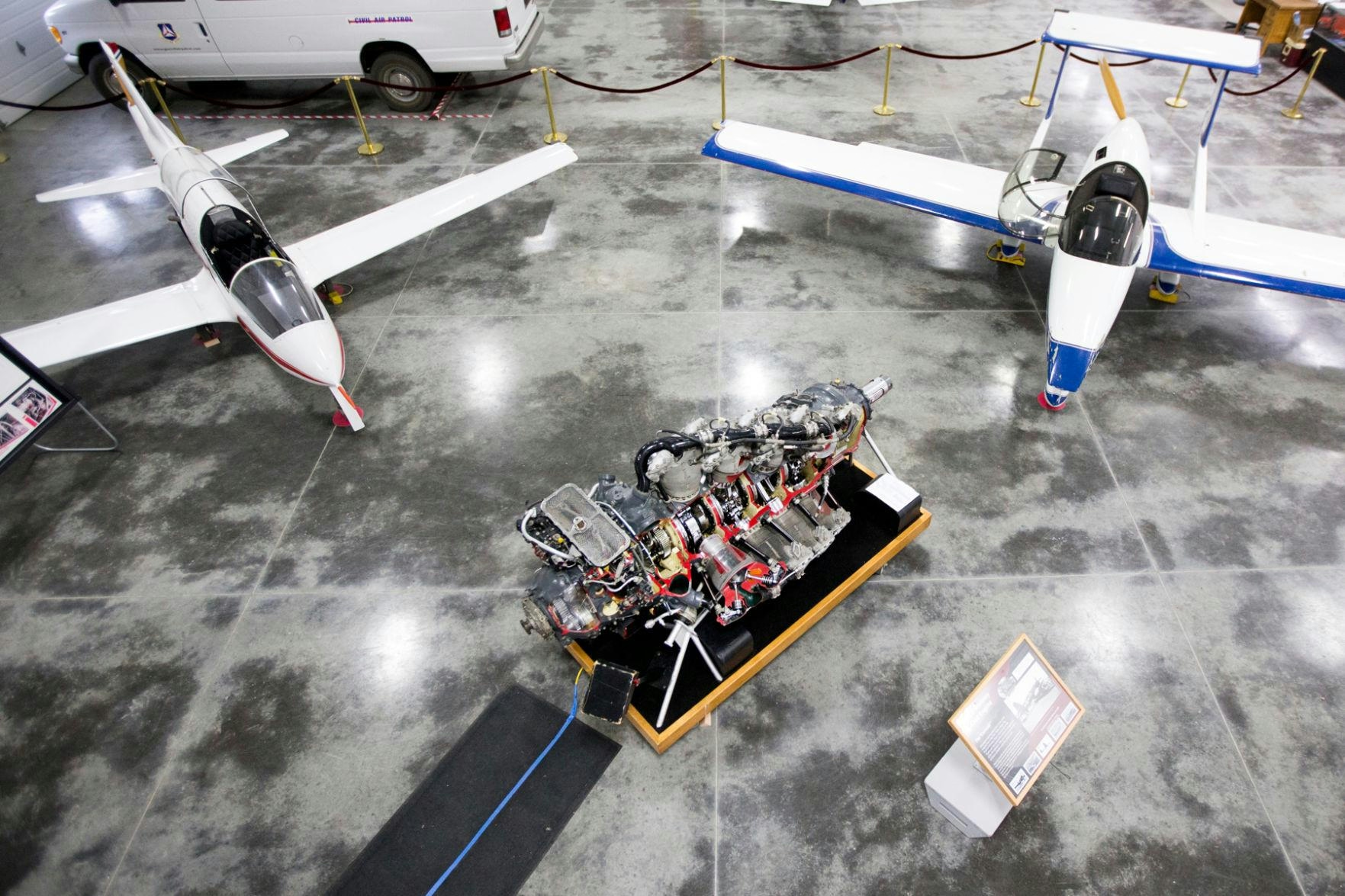
Correo más inteligente, negocios más rápidos. Etiqueta, analiza y responde automáticamente a solicitudes, cotizaciones, pedidos y más — al instante.
Tendencias
Categories
Air India Begins Widebody Aircraft Retrofit, Accelerates Narrowbody Refurbishment
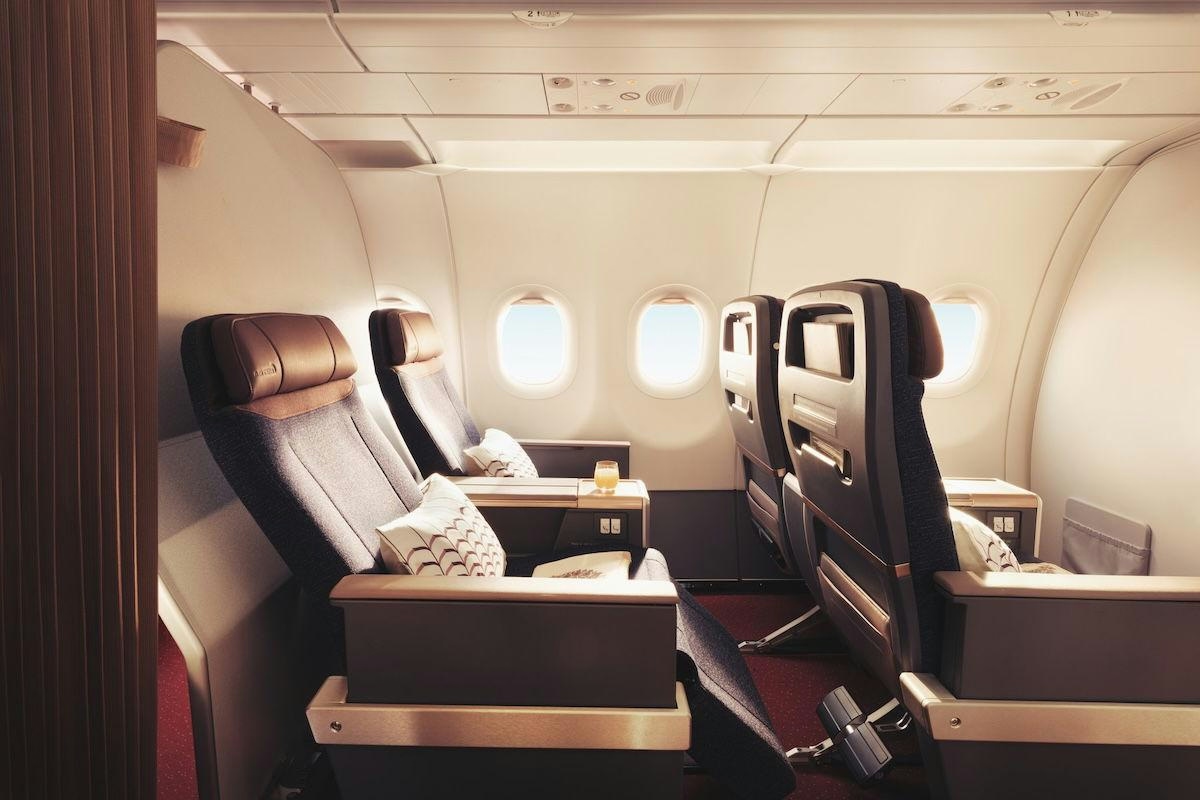
Air India Advances Widebody Retrofit and Accelerates Narrowbody Fleet Upgrades
Comprehensive Modernisation Amid Industry Challenges
Air India has initiated the retrofit of its widebody aircraft and is expediting the refurbishment of its narrowbody fleet as part of a $400 million modernisation program. This extensive upgrade is designed to improve passenger comfort, operational efficiency, and the overall aesthetic appeal of the airline’s fleet, thereby enhancing its competitiveness in both domestic and international markets.
The widebody retrofit, which commenced recently, involves the installation of new seating, upgraded in-flight entertainment systems, and redesigned cabin interiors that meet global standards. The first of these modernised widebody aircraft is anticipated to re-enter service within the coming months. Concurrently, the airline is accelerating enhancements to its narrowbody fleet, focusing on refreshed seating configurations, updated lighting, and contemporary cabin designs to elevate the passenger experience.
This phased overhaul encompasses more than 100 aircraft and is expected to significantly boost customer satisfaction while reinforcing Air India’s positioning as a premium carrier.
Supply Chain Disruptions and Competitive Pressures
Despite the ambitious scope of the retrofit program, Air India faces potential challenges stemming from global supply chain disruptions. Notably, the suspension of production at a lithium mine in China by CATL threatens the availability of batteries and other critical components essential for aircraft upgrades. These supply constraints could result in increased maintenance costs and necessitate operational adjustments. Additionally, such uncertainties have contributed to volatility in airline stock prices as markets respond to evolving conditions.
The competitive environment is also intensifying, with rival carriers likely to accelerate their own fleet modernisation initiatives in response to Air India’s efforts, aiming to preserve or improve their market positions.
Regulatory Scrutiny and Safety Concerns
Air India’s modernisation drive coincides with heightened regulatory scrutiny following the Directorate General of Civil Aviation’s (DGCA) recent audit, which identified 51 safety lapses within the airline’s operations. The audit highlighted several issues, including outdated training manuals, fragmented training records, inadequate pilot training, unqualified simulators, untrained personnel managing flight rosters, and irregularities in approvals for low-visibility operations. These findings have raised serious concerns regarding the airline’s compliance with mandatory aviation safety standards.
The safety audit underscores the critical need for comprehensive reforms alongside the ongoing fleet upgrades. As Air India advances its transformation, it seeks to establish a new benchmark in Indian aviation, attract a larger passenger base, and strengthen its competitive position while managing operational challenges and regulatory demands.
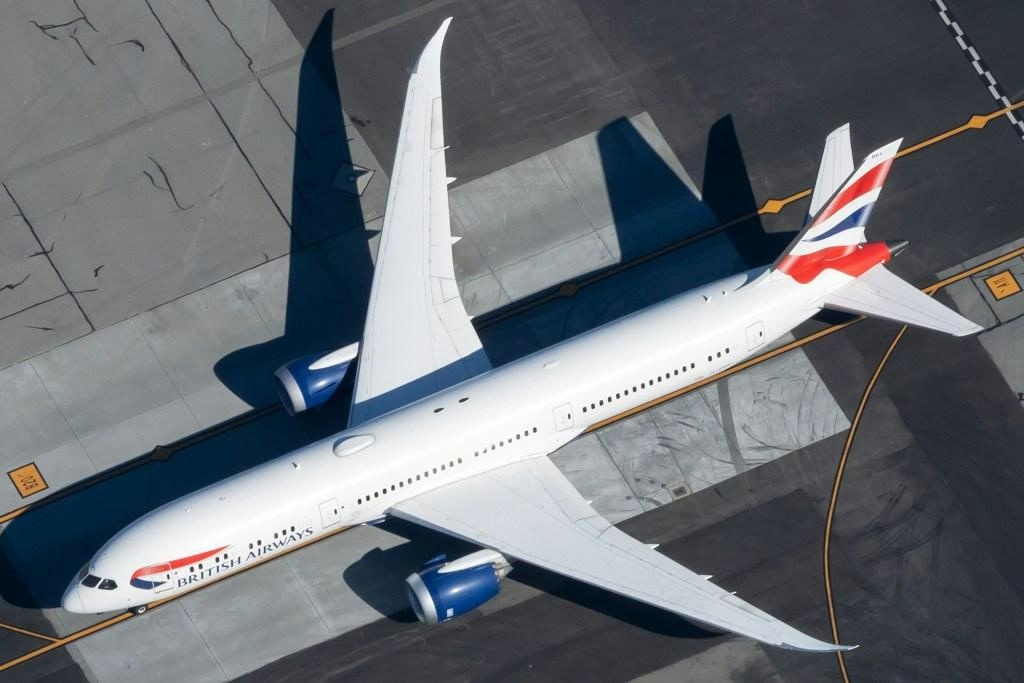
IAG Unveils 29 Startups Selected for 2025 Aviation Accelerator
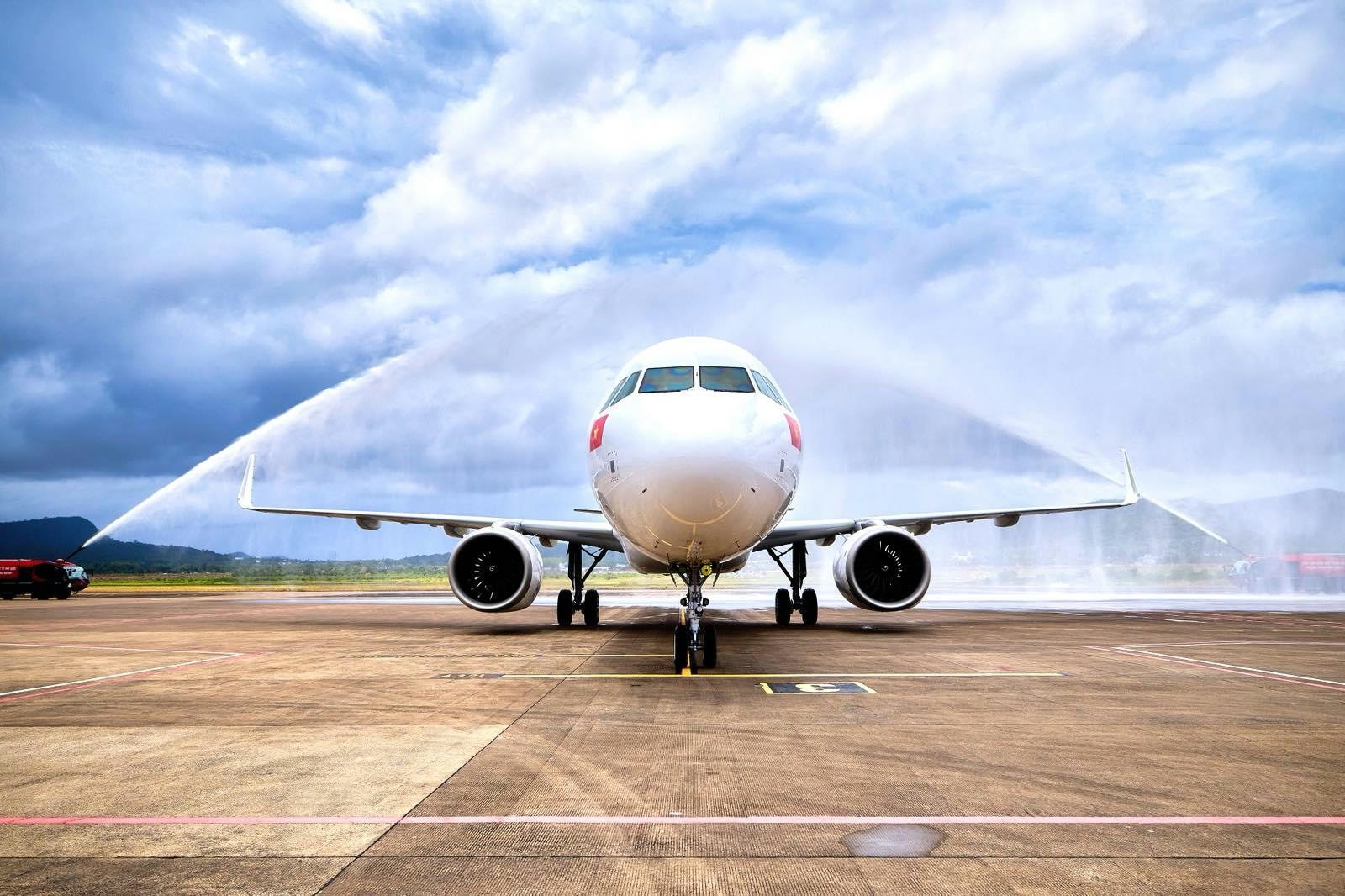
Vietnam’s Sun Air Phu Quoc Receives First A321neo
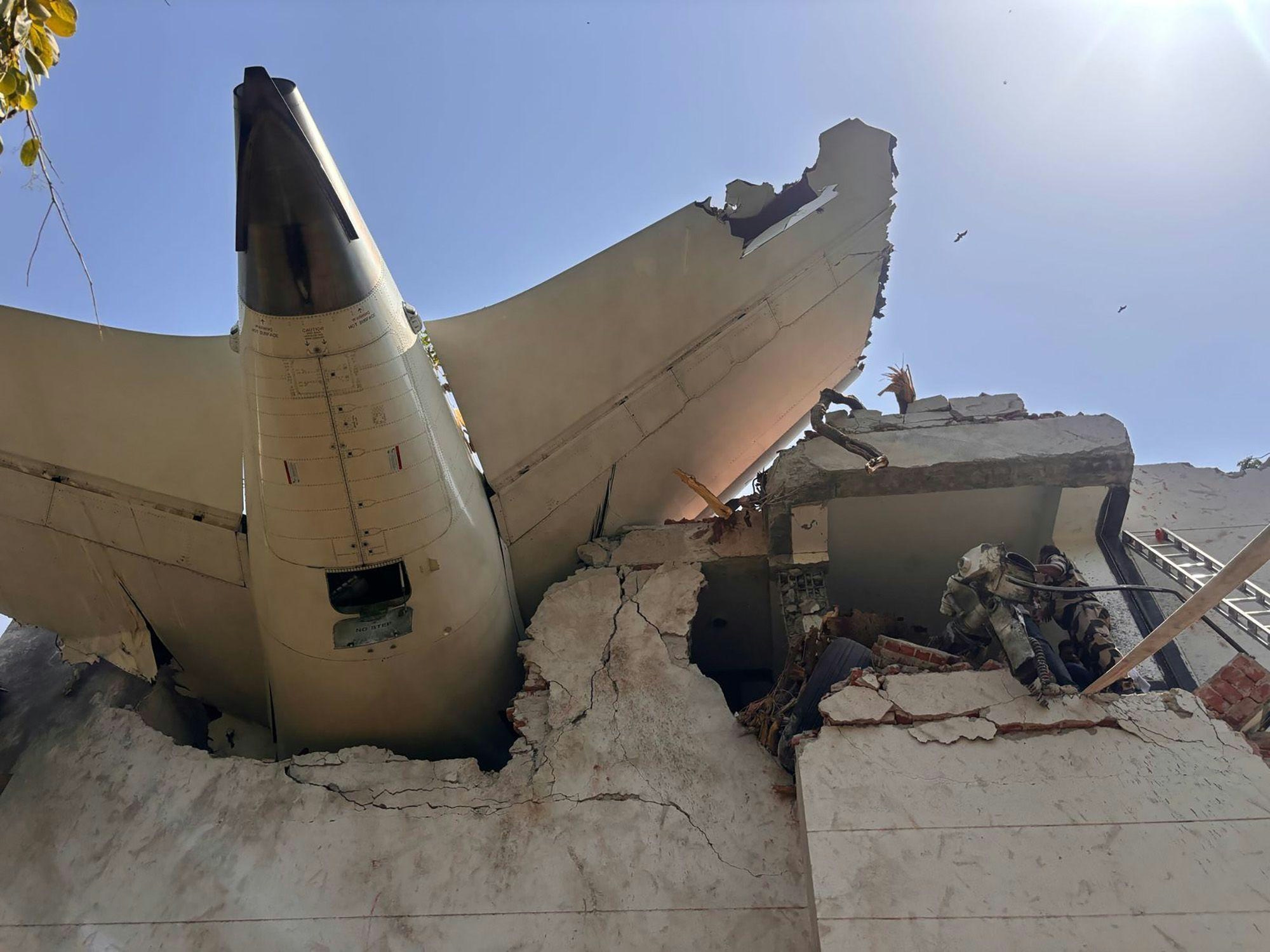
Air India Flight to Delhi Makes Emergency Landing in Chennai; Four Kerala MPs Aboard
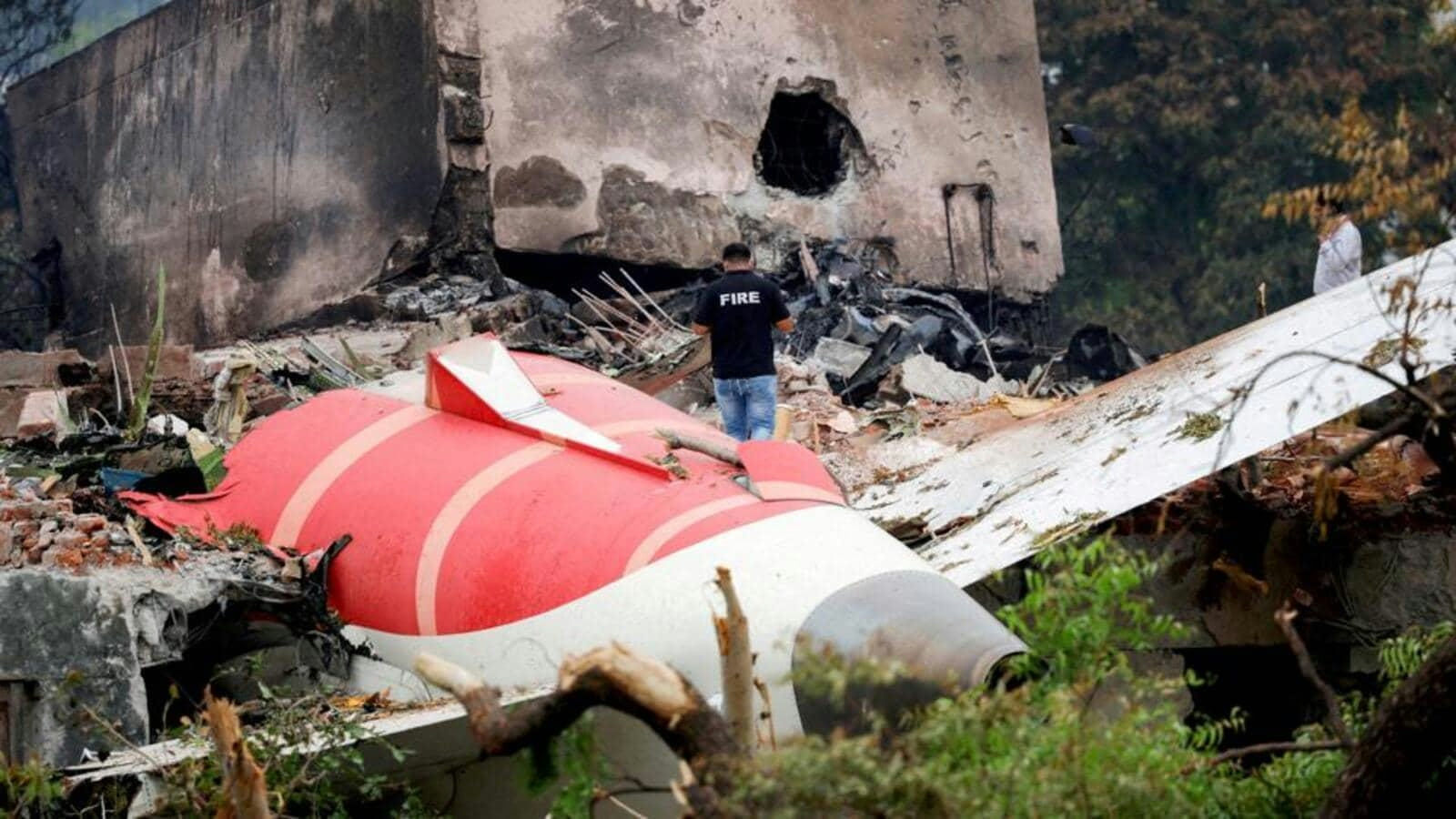
US Aviation Lawyer Requests AI 171 Data
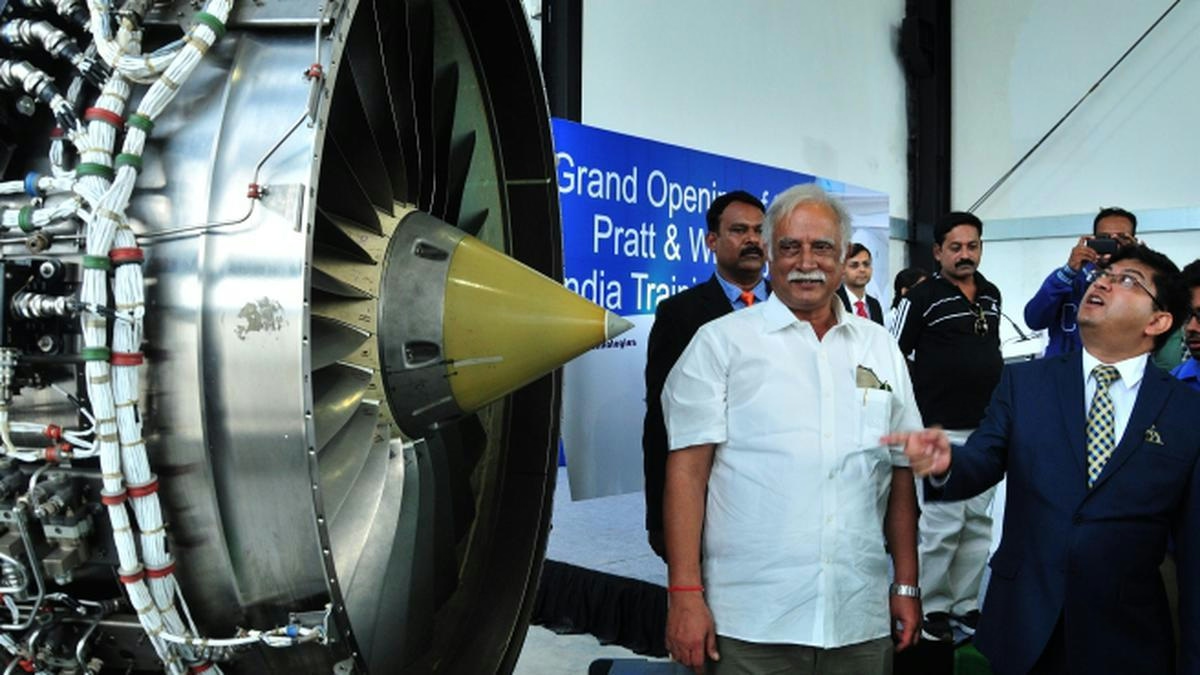
Palash Roy Chowdhury, Managing Director of Pratt & Whitney India
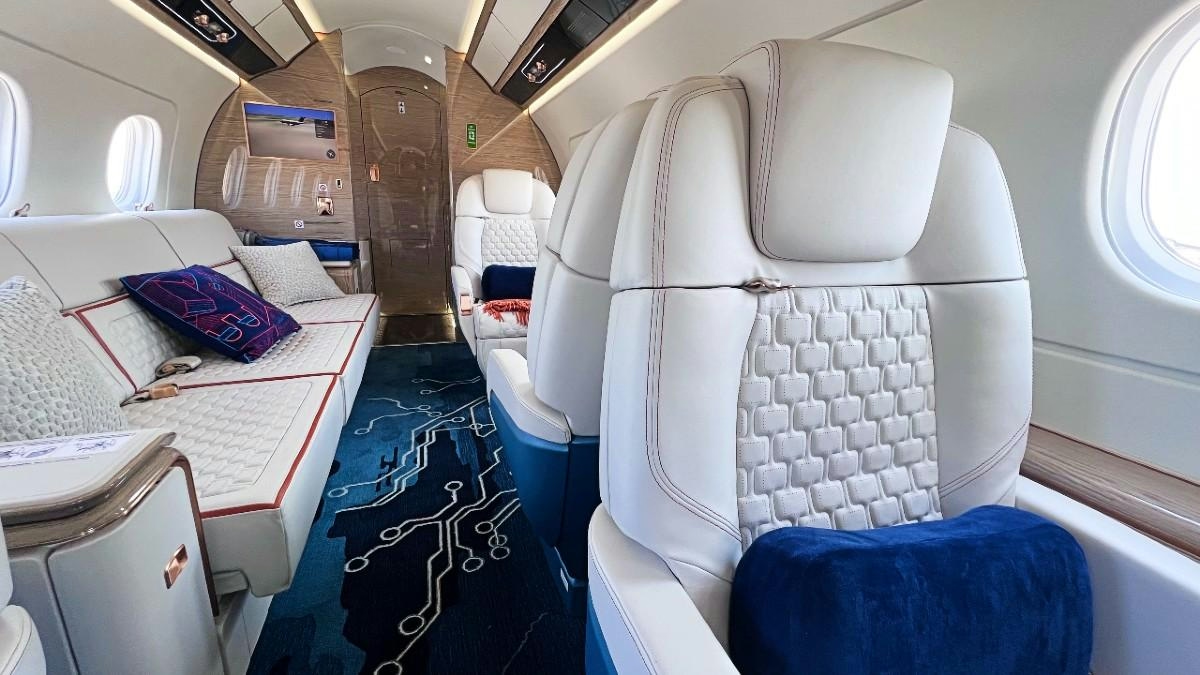
Embraer Adds Starlink as Aftermarket Option for Praetor Jets
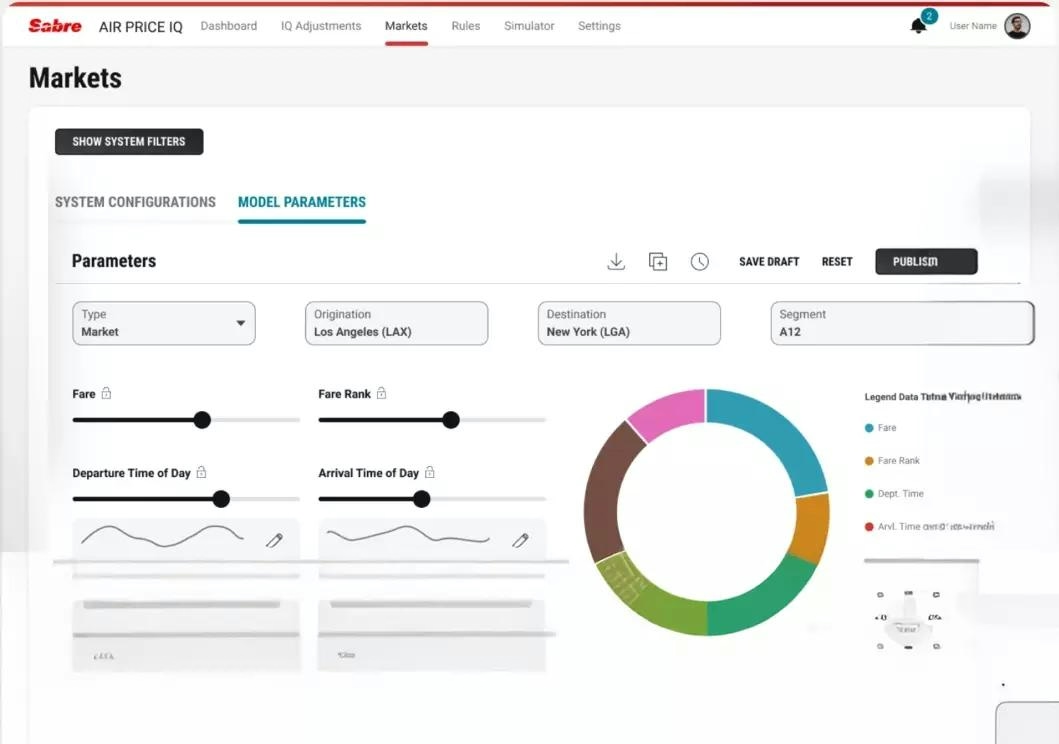
SabreMosaic and the Transformation of Airline Retailing
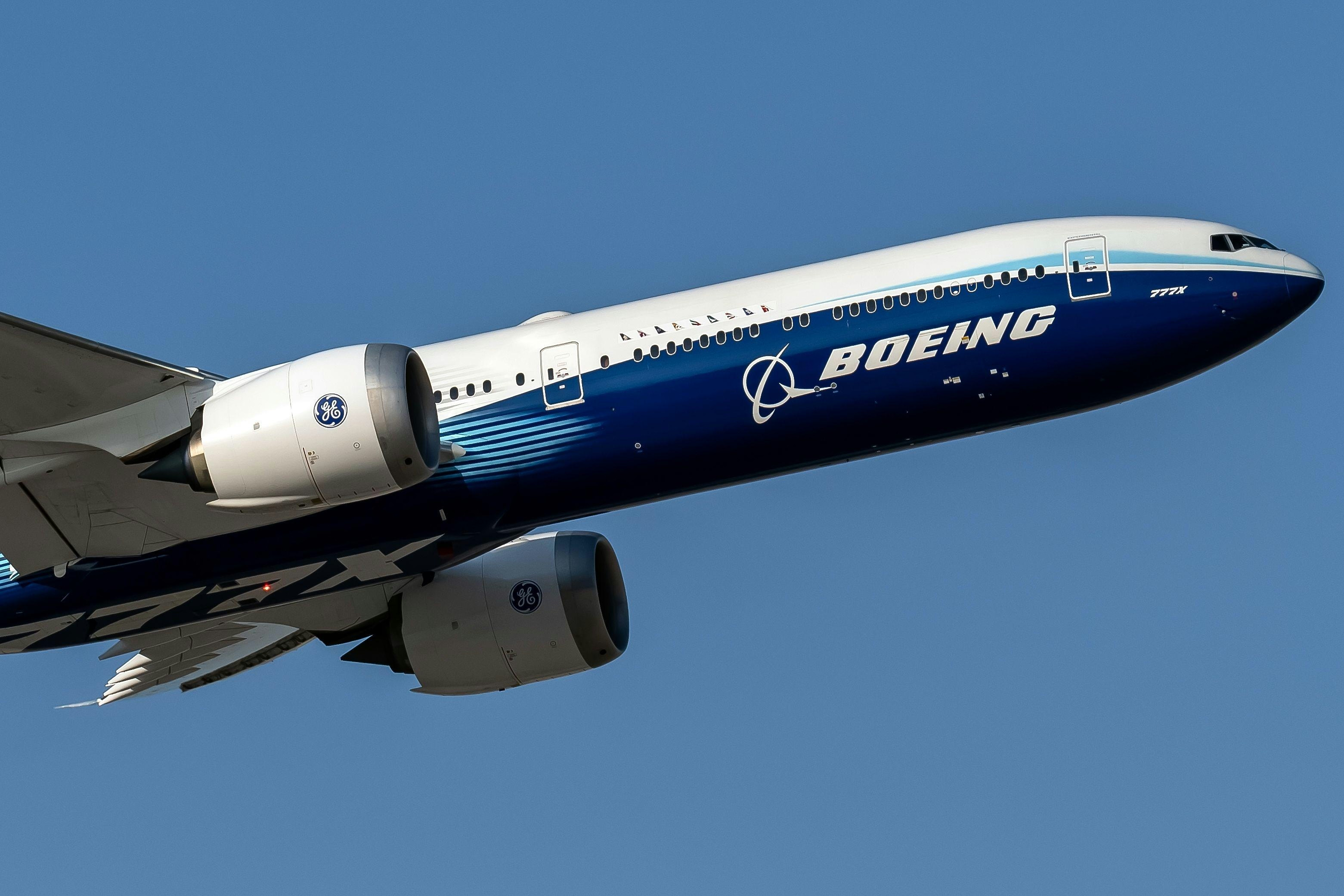
The Rise of a Versatile Widebody Aircraft Challenges Boeing
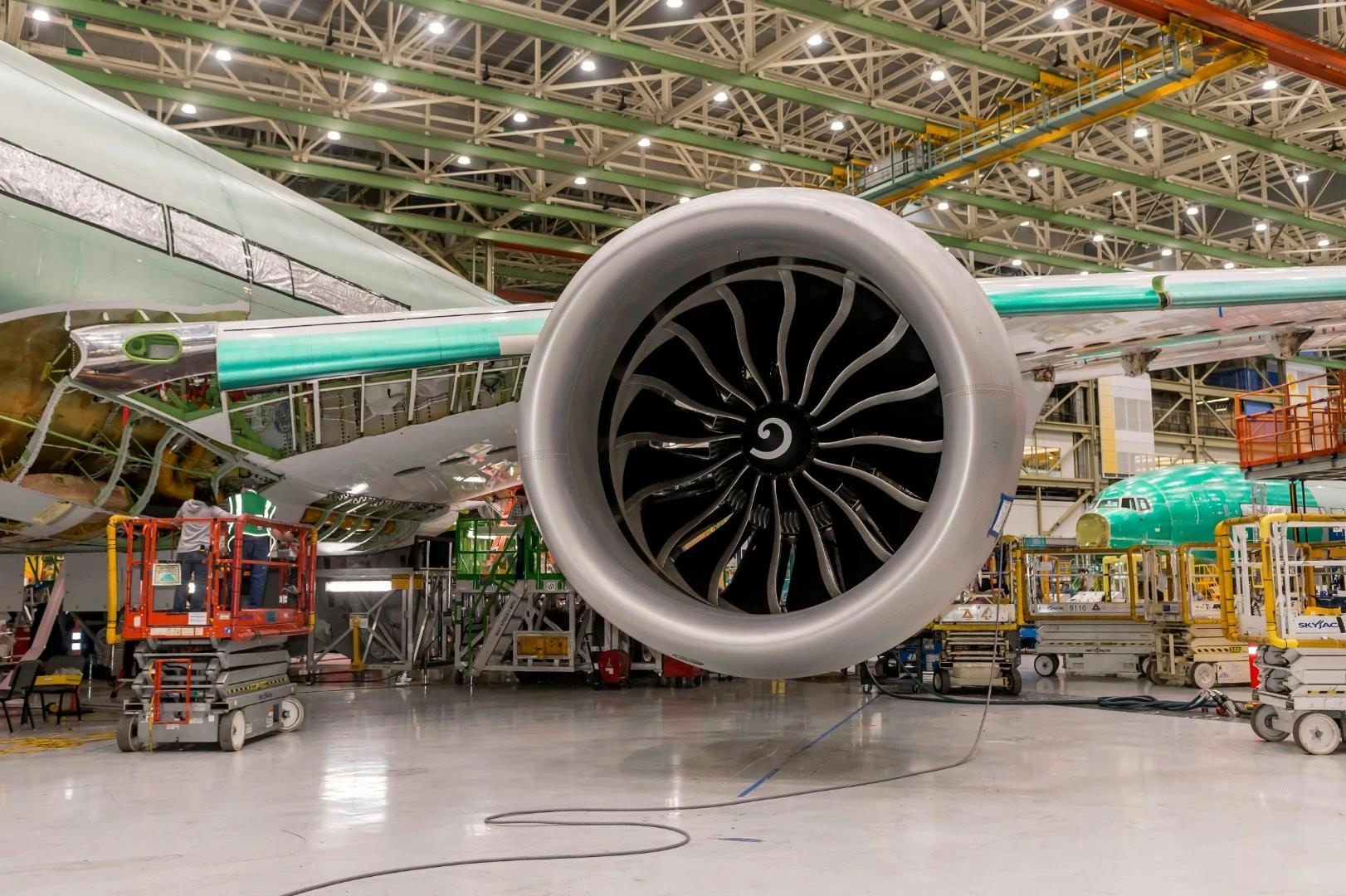
Why The Boeing 777X's Engines Have Such A Large Diameter
